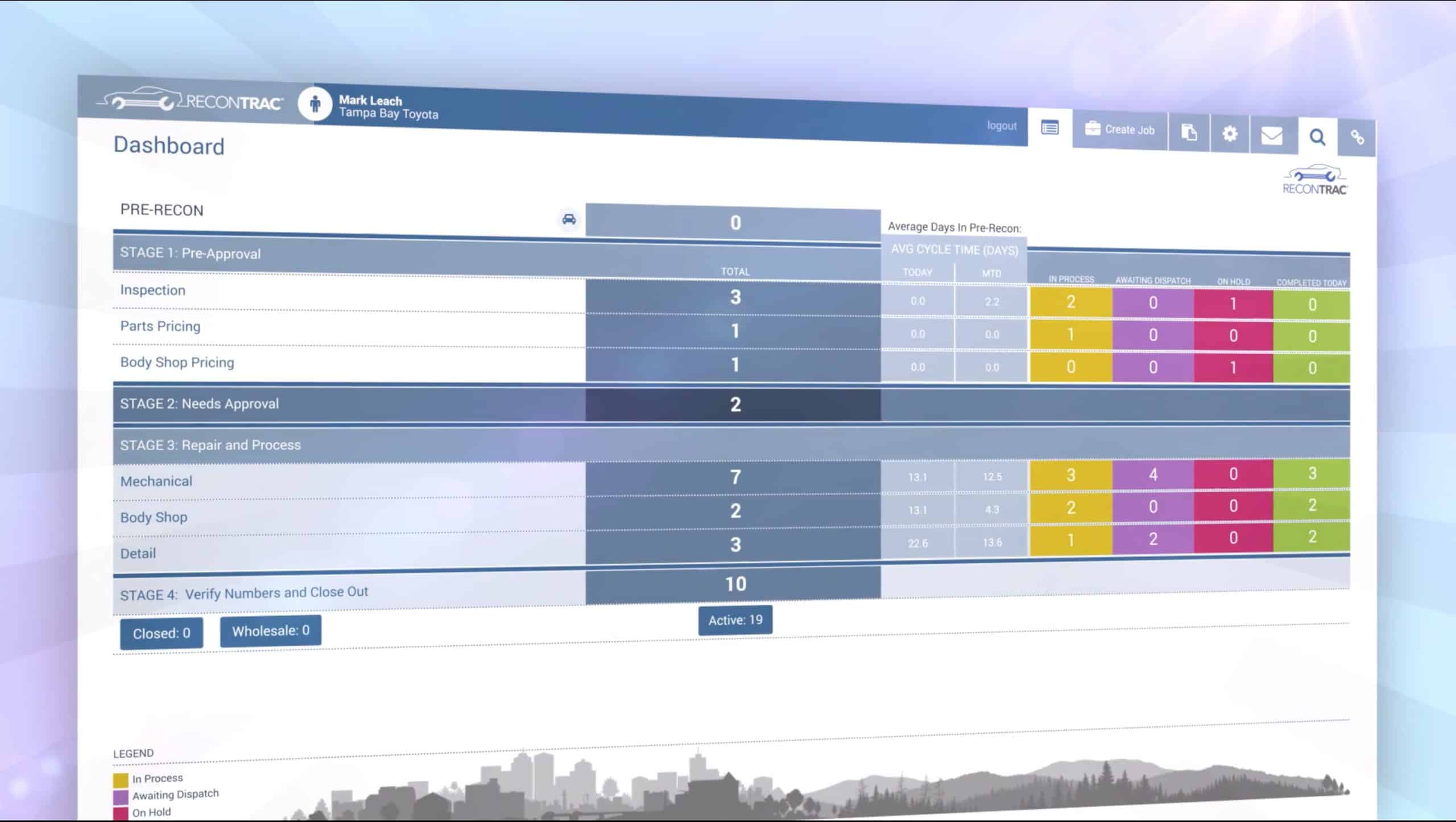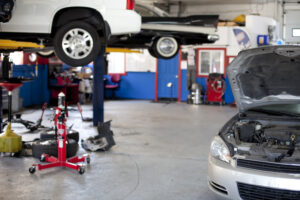If you’re a buy here pay here (BHPH) dealer looking for reconditioning options for your inventory, you have some choices to make. If you’re already affiliated with a new car dealership, you probably have a service department that can help the BHPH part of the business by providing reconditioning, service, and repairs. This can be convenient, but also challenging. The reconditioning of your BHPH vehicles may be of a lower priority to the dealership than repairs paid for by customers. That’s why developing a good relationship with the service manager of a new-car dealership is crucial.
Communicating with the service manager
Clear communication is key, and it starts with letting the service department manager know what repairs are important. The goal is somewhat different from reconditioning a typical used car inventory. Minor cosmetic damage is usually not worth fixing. Instead, the focus should be on mechanical and safety-related repairs that will make the vehicle safe and reliable. If you don’t make this clear, most service departments will tend to do more work than you need, resulting in increased costs in terms of both money and time.
Paying more can pay off
Determining a labor rate is also an important conversation to have with the service manager. A discounted rate is sometimes standard, but if you want to avoid being consistently placed in line behind customer-paid work, you may want to pay the retail rate.
By becoming a key customer for the service department, you help the manager and staff reach any profitability goals and related bonuses they may have. As such, you’ll be able to have more say over the work that’s done and at what cost. A good relationship works out well for both you and the service department.
Looking at other options
If, however, you’re new to the BHPH business or don’t have a service department with your dealership, you have a few choices:
- Building a service facility: This option can be very expensive and time-consuming.
- Subletting the work to independent repair shops: This requires a good amount of advance work to develop relationships with service managers. You’ll also probably need several different shops with different specialties to meet your needs. For example, you might use one repair shop for body work and another for transmission work.
- Using software to help track the process: There are several tools available, including our very own ReconTRAC, that are designed to help you and the dealership track every bit of the reconditioning process.
Making spot-checks
You’ll need to communicate with repair shops in a very specific way to make sure you get the reconditioning work you want without any excessive work and charges. It’s also important to spot-check the vehicles after the estimate has been given but before the work is approved. That way, you can make sure that the work doesn’t go beyond the scope necessary, and you’ll be letting the shop know that you’re diligent about keeping costs in check. You’ll find that if you stop doing these checks, even after you’ve worked with a shop for a while, costs will start to mount.




